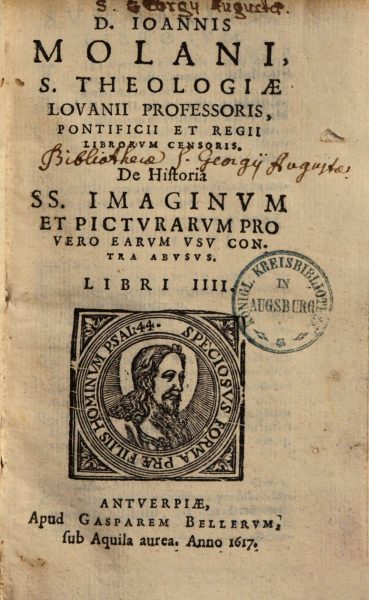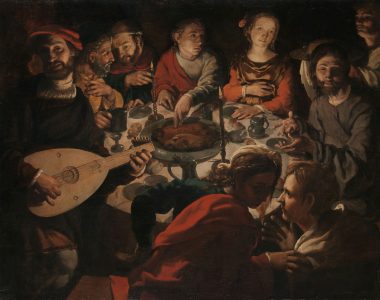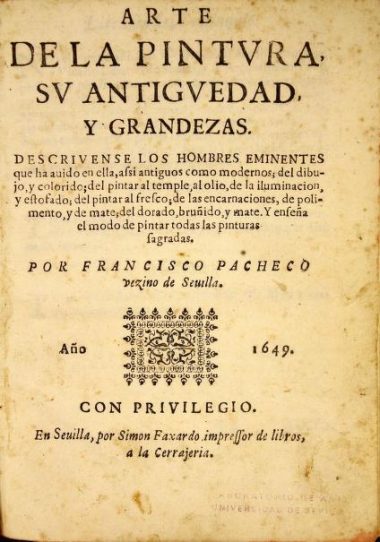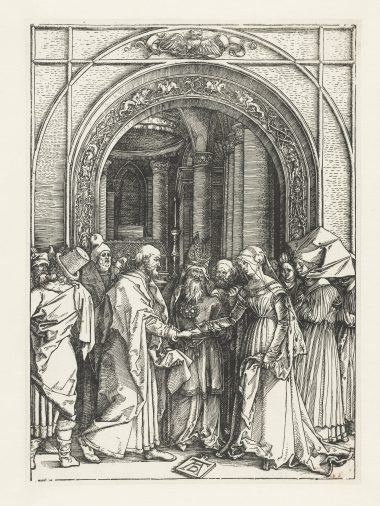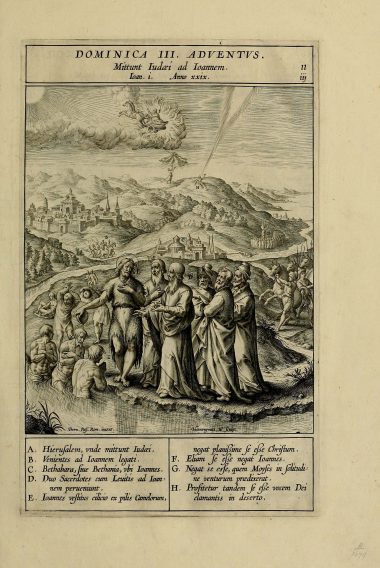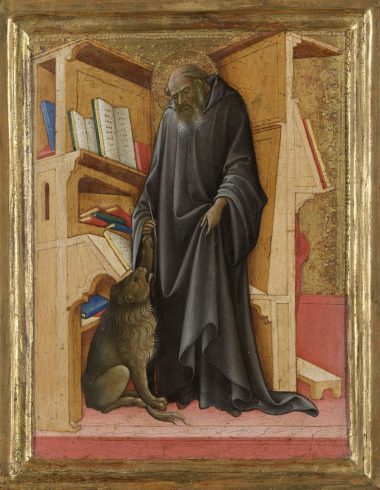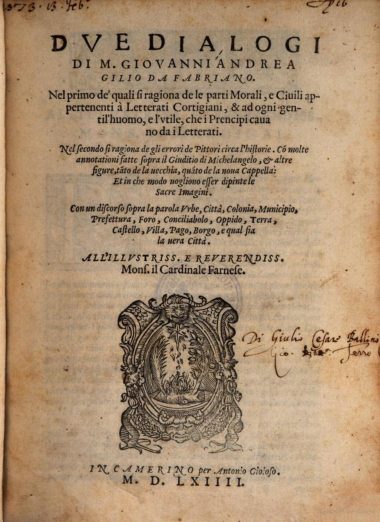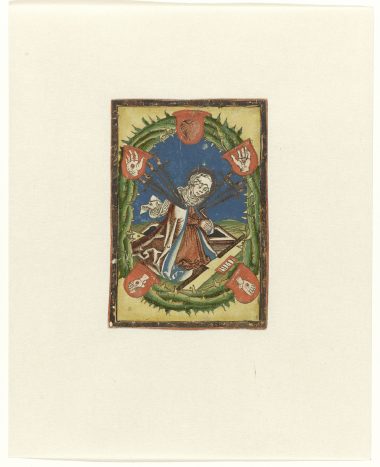Virgin Mary should not be depicted in pain while labouring
Molanus argues that a recurrent depiction of the Virgin Mary during labour is incorrect and deviates from the Holy Scriptures and the teachings of the Church.
The Lord at the supper at the house of Martha and Mary
Molanus condemns the depiction of Christ in blasphemous and funny manners in artworks about Christ in the house of Martha and Mary.
Cupid is a poetic fiction
Molanus condemns images of Cupid because the ordinary people do not understand his poetic meaning and therefore he only has negative effects on them.
How to represent St. Catherine of Siena (and how not to do it)
Dealing with the story of St. Catherine of Siena and how to represent it, Pacheco indicates three things to be analysed: that the saint had no external wounds, but they should be painted, and the way to paint them correctly.
Joseph depicted as an old man
Molanus affirms that the depiction of Joseph as an old man comes from apocryphal sources, but if done in a benevolent way, it does not constitute an error.
Limbs made of precious materials to commemorate the dead
Molanus discusses objects between the categories of sacred and profane art and gives the example of limbs out of precious materials that decorate churches to commemorate the dead.
The creation of artworks based on distorted memories
Molanus condemns images cults dedicated to worldly rulers.
The correct way of depicting the “Baptism of Christ”
Pacheco states in this passage how should be depicted the scene of “Baptism of Christ”. Also, he mentions the image made by Jeronimo Nadal as a good model to be followed, although the author comments on the necessity to be added a few more elements to the scene.
Christ depicted as the Salvator Mundi
Molanus assesses iconographic traditions which are based on well-established stories, here: Christ depicted as the Salvator Mundi.
Attributes in recent paintings of historical figures, such as Jerome, do not mean that they really had them
Molanus argues that in the depiction of holy figures their exterior features, such as their clothes or the attributes they hold, do not mean the historical figure him- or herself possessed or used these.
All impudence in images should be avoided
Molanus argues that saints should not be adorned with profane or ungodly elements, nor should they have the faces of people who are still alive.
On how to depict St. Andrew
Molanus discusses the exterior features of St. Andrew would have been black of medium height and with a full beard.
Series of twelve images with the Passion of Christ, which are considered suspect of Lutheranism
Letter of the Suprema to the Inquisitiors of the town of Valencia describing some cavases that allegedly entered the kingdom and recommending that they be collected so that they do not continue to circulate.
Arguing over a painting
Alfonso Ortiz, a Neapolitan, argued with the painter from whom he had commissioned the canvas, threw it to the ground and broke the loom.
The artists’ abuse of the age
In this section of the dialogue, the participants address various cases of abuse in the representation of saints. The central focus is on the incorrect representation of age.
The dishonourable way of painting angels as figures and faces of women
Pacheco criticises how often painters used to make their angelic figures and faces like those of women: according to the author, elements such as heads adorned with curls and “feminine tresses in their hair, and “enlarged breasts” are unworthy and do not correspond to the best way of representing the “perfection” of angels.
How to represent St. Peter (and how not to do it)
Dealing with the story of St. Peter (Apostle), Pacheco analyses the correct way of representing the saint, not just presenting a few models to follow, but also some inadequate manners of depicting specific scenes/elements of the saint’s life, such as depicting St. Peter bald or tied to the cross with cords.
The Virgin Mary kneeling during the Nativity of Christ
Molanus argues that depicting the Virgin Mary kneeling in front of the infant Christ are allowed.
Paintings ridiculing the Holy Scriptures are blasphemous
Molanus condemns ridiculing holy stories and persons as an act of blasphemy and those who practice such matters should be punished for it.
Moral significance of insects
Molanus discusses the usefulness of insects, spiders, ants and similar animals in painting and indicates their moral significance and therefore usefulness to painting.
Idols and images are not to be adored
Bernat de Angay, a French-born prisoner claims to have read in the Apocalypse that the images should not be venerated
A heretical way of representing the “Annunciation”
According to Pacheco, from an analysis made by Molanus, an erroneous, dangerous, and heretical manner of representing the Annunciation is, instead of depicting the Holy Spirit, adding a glow on the head of the Virgin, and in it a naked Child Jesus, with a cross on his shoulder, and the angels with God, the Father.
How to represent Christ in the cross
,
1556Francisco Pacheco in this passage created a response to Francisco de Rioja with the intention of counter-arguing him on his theory that Christ would be crucified with three nails, instead of four. Also, the author states that Christ should be not naked, but rather wear a white cloth and use the crown of thorns on the Cross.
Iconographies refuted by the commentators but popular with the people (Seven Falls of Christ; Mary pierced by Seven Swords; Mary’s three Vows)
Molanus argues that as long as paintings that promote stories or subjects that do not derive from the Scriptures and that neither have been approved by the commentators do not lead to impiety they are allowed.



